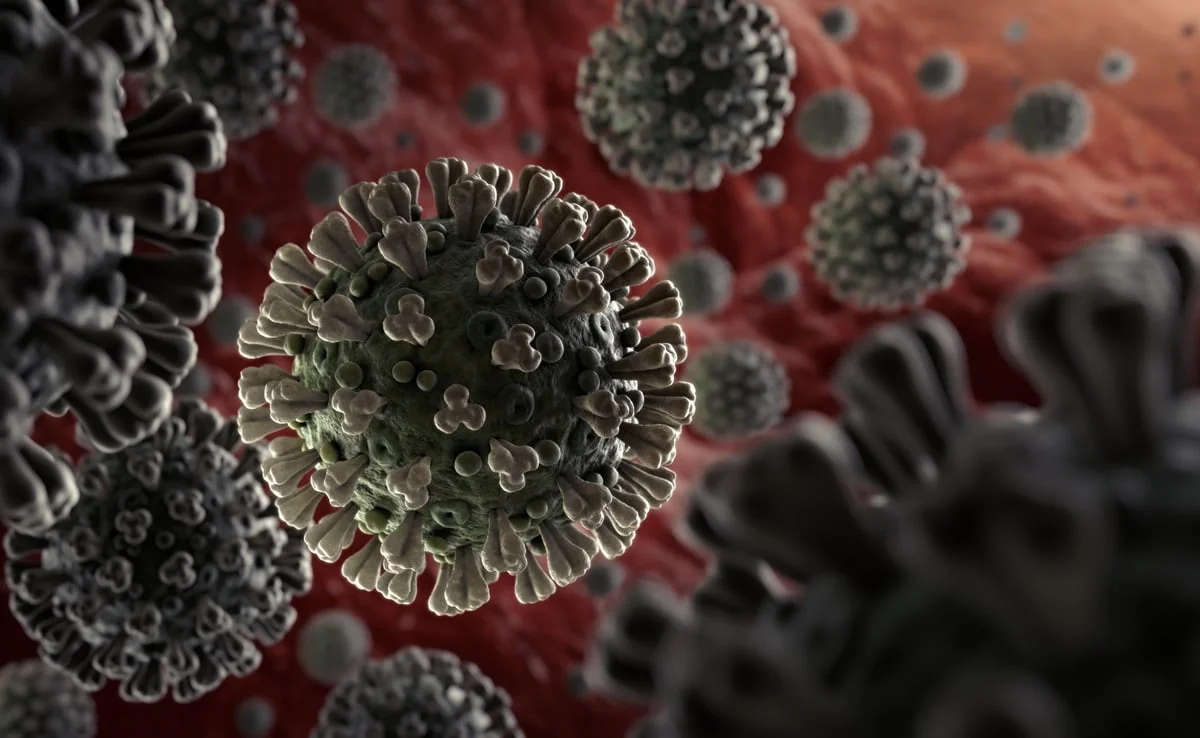Recent data released by the Centers for Disease Control and Prevention (CDC) has sounded alarm bells as COVID-19 hospitalizations in the United States show a concerning surge. The increase of over 10% weekly marks the steepest rise in this key indicator since last December, signaling the need for continued vigilance in the face of the pandemic.
During the week of July 15, the nation saw a significant rise in hospital admissions, with at least 7,109 patients diagnosed with COVID-19 being admitted to medical facilities. This figure represents a notable jump from the previous week’s count of 6,444 admissions.
Another worrisome trend that has emerged in recent weeks is the uptick in emergency room visits related to COVID-19. On July 21, the average percentage of emergency room visits attributed to the virus reached 0.73%, up from 0.49% reported on June 21.
These concerning statistics come amidst a backdrop of several months of overall declining COVID-19 trends nationwide, following the challenging winter wave of infections. The latest surge in hospitalizations serves as a stark reminder that the battle against the pandemic is far from over.
Kathleen Conley, a spokesperson for the CDC, emphasizes that despite the recent increase in hospitalizations, the overall rates of COVID-19 in the United States remain relatively low. This observation underscores the importance of remaining vigilant and taking proactive measures to prevent further escalation.
Early indicators such as emergency department visits, test positivity rates, and wastewater analyses had provided warning signs of the potential rise in hospitalizations, leading experts to closely monitor the evolving situation.
One glimmer of hope amidst the concerning numbers is that most counties still fall under the “low” COVID-19 hospital admission levels, indicating that additional precautions may not be immediately necessary based on CDC recommendations. However, one region that seems to have bucked the trend is the Midwestern region, encompassing states like Illinois, Indiana, Michigan, Minnesota, Ohio, and Wisconsin, where hospitalizations remained steady.
In a reassuring comparison, the current hospitalization levels remain notably lower than those experienced during the same period last year. The summer surge in July 2022 saw over 44,000 weekly hospitalizations and accounted for 5% of emergency room visits related to COVID-19, putting immense strain on healthcare facilities.
As experts offer varying projections for the coming months, an ensemble of academic and federal modellers predicts the primary period of COVID-19 activity to occur in late fall and early winter over the next two years. A median peak incidence is expected between November and mid-January.
Addressing the issue of variants and vaccines, this summer has seen no single dominant variant emerge nationwide. Instead, various descendants of the XBB variant, previously responsible for driving infections during the winter, are now in circulation.
In preparation for the potential surge, health authorities are gearing up for a fresh round of COVID-19 vaccinations in the fall. Updated vaccines specifically targeting the XBB strains are projected to be available by late September.
The CDC assures that current vaccine supplies will continue to be distributed until September, even as preparations are made for a transition to the traditional commercial market for vaccines.
As the situation remains fluid and dynamic, public health officials are diligently monitoring and responding to the changing dynamics of the pandemic. The recent increase in hospitalizations serves as a wake-up call for continued vigilance, responsible behavior, and adherence to public health guidelines. Together, we can combat the resurgence and continue our journey toward a safer and healthier future.




